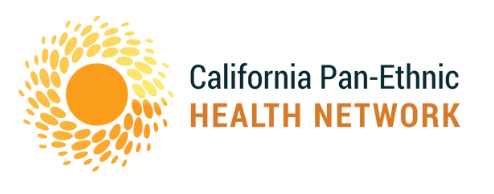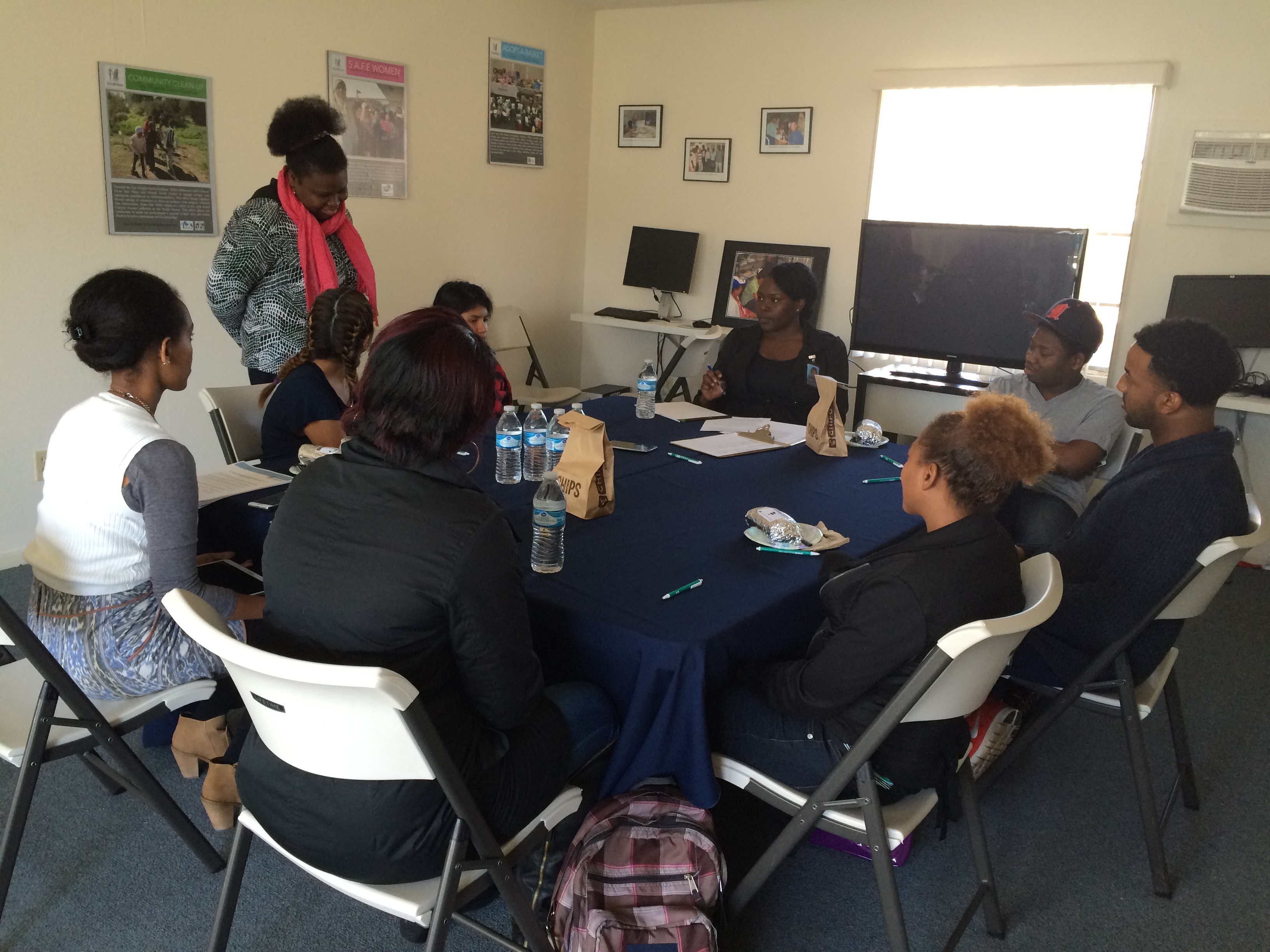Since 1992, CPEHN has been working to improve the health of communities of color in California, and in 2015 we embarked on an exciting new project around oral health equity. Since last year, we have been preparing to conduct a multicultural community needs assessment throughout the state.
We partnered with nine community organizations representing diverse constituencies and health needs. These core partners are Asian Health Services and Roots Community Clinic in Oakland, Sacramento Native American Health Center, Centro Binacional para el Dessarrollo Indigena Oaxaqueno in Fresno, Korean Resource Center and Black Women for Wellness in Los Angeles, Latino Health Access in Orange County, Nile Sisters in San Diego, and the Inland Empire Immigrant Youth Coalition.
Our core partners have started hosting community discussions to identify oral health needs, barriers, possible solutions, and perspectives. In the past couple weeks, I had the opportunity to attend community discussion sessions in Los Angeles coordinated by Black Women for Wellness and in San Diego coordinated by Nile Sisters.
These discussions clearly demonstrated the distinct and diverse nature of our diverse state. At the community discussion led by Black Women for Wellness in South Los Angeles, participants spoke of understanding the need for dental hygiene and care, but how incredibly exorbitant treatment costs created barriers to access. They also spoke of how they needed more dental providers that understood their community. At the Nile Sisters session, Congolese, Haitian, Mexican, and Somalian participants shared their thoughts on how wait times and standard office hours for appointments can be difficult to manage. They also discussed how newly-arrived immigrant families have no information on how to navigate our complicated oral health system, and often go without care, having lost many permanent teeth in their youth. The discussions were rich and candid and reflected the differing thoughts and needs around oral health in our communities.
This is just a small sampling of the community discussions that we are conducting with our partners this month. Our partners are also kicking off a series of key informant interviews with oral health providers and front-line staff. We will be sharing more information about our findings as we continue this assessment and are looking forward to continuing in oral health policy and advocacy opportunities as we move forward.
For more information about CPEHN’s oral health work, feel free to contact me at skim@cpehn.org or (213) 999-2051.

